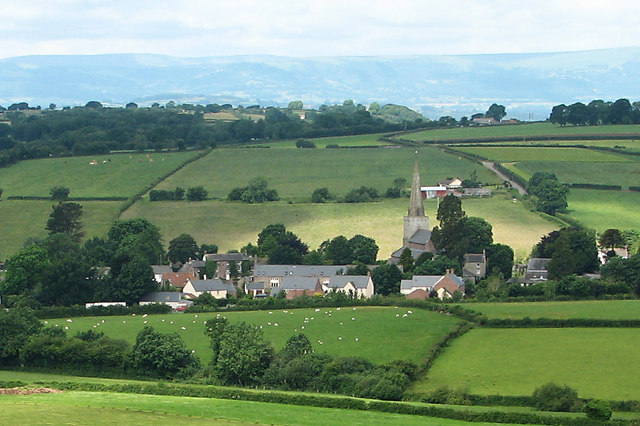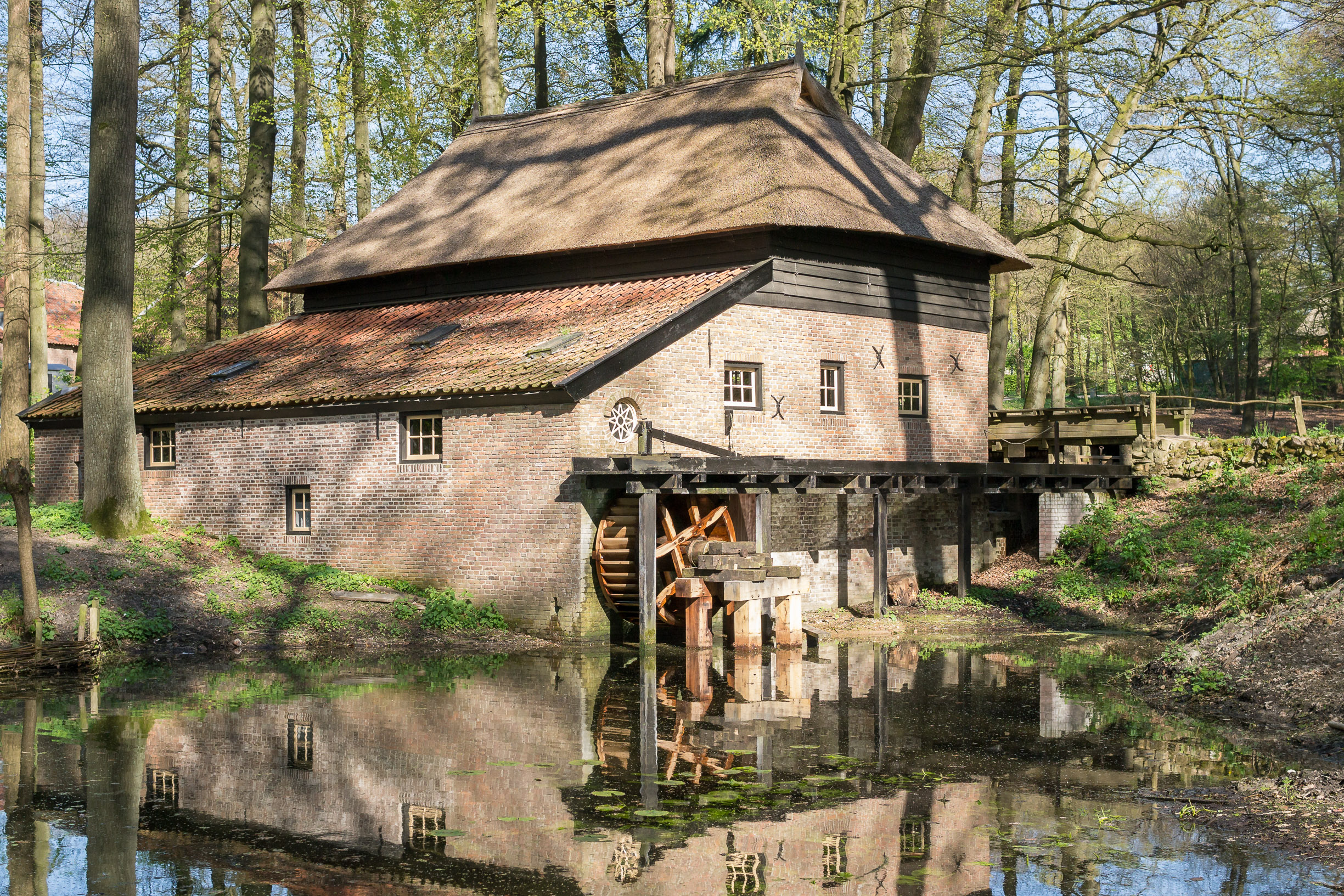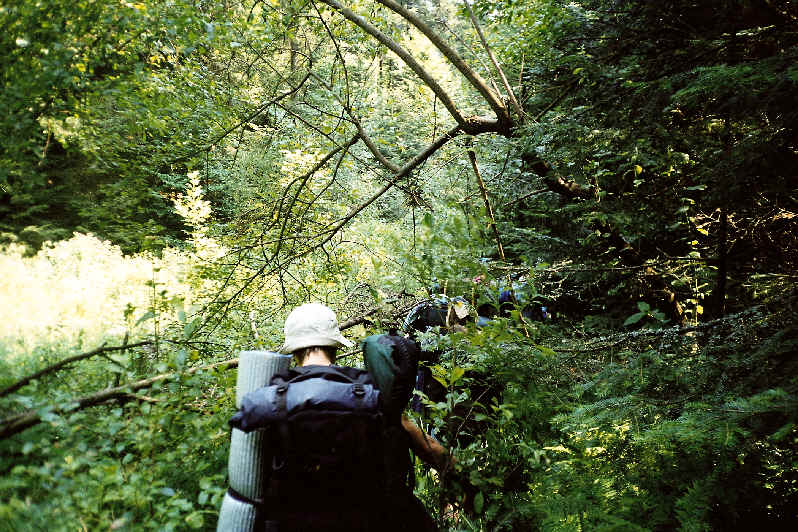|
The Narth
The Narth ( cy, Pennarth) is a village in Monmouthshire, Wales. It is located about south of Monmouth, and about east of Trellech, on a spur of land overlooking the Whitebrook and Wye valleys. The population as of 2011 census was 369. History and amenities The village developed initially through settlement on waste land, principally by workers in paper mills in Whitebrook in the nineteenth century. In the 1920s, land was offered for sale by the owner, the Marquis of Worcester, and development continued on a sporadic basis until the late twentieth century. Old cottages were refurbished and many larger houses were built. The village is popular with commuters. Gordon Casson, ''The History of the Narth'', part 1 Accessed 22 April 2012 A village school opened in 1910, but closed later in the century. Th ... [...More Info...] [...Related Items...] OR: [Wikipedia] [Google] [Baidu] |
Monmouthshire
Monmouthshire ( cy, Sir Fynwy) is a county in the south-east of Wales. The name derives from the historic county of the same name; the modern county covers the eastern three-fifths of the historic county. The largest town is Abergavenny, with other towns and large villages being: Caldicot, Chepstow, Monmouth, Magor and Usk. It borders Torfaen, Newport and Blaenau Gwent to the west; Herefordshire and Gloucestershire to the east; and Powys to the north. Historic county The historic county of Monmouthshire was formed from the Welsh Marches by the Laws in Wales Act 1535 bordering Gloucestershire to the east, Herefordshire to the northeast, Brecknockshire to the north, and Glamorgan to the west. The Laws in Wales Act 1542 enumerated the counties of Wales and omitted Monmouthshire, implying that the county was no longer to be treated as part of Wales. However, for all purposes Wales had become part of the Kingdom of England, and the difference had little practical effec ... [...More Info...] [...Related Items...] OR: [Wikipedia] [Google] [Baidu] |
Gwent (county)
Gwent is a preserved county and former local government county in southeast Wales. A county of Gwent was formed on 1 April 1974, under the Local Government Act 1972; it was named after the ancient Kingdom of Gwent. The authority was a successor to both the administrative county of Monmouthshire (with minor boundary changes) and the county borough of Newport (both authorities which were legally part of England until the Act came into force although considered jointly with Wales for certain purposes). Under the Local Government (Wales) Act 1994, the county of Gwent was abolished on 1 April 1996. However, the name remains in use for one of the preserved counties of Wales for the ceremonial purposes of Lieutenancy and High Shrievalty, and its name also survives in various titles, e.g. Gwent Police, Royal Gwent Hospital, Gwent Wildlife Trust and Coleg Gwent. "Gwent" is often used as a synonym for the historic county of Monmouthshire – for example the Gwent Family History ... [...More Info...] [...Related Items...] OR: [Wikipedia] [Google] [Baidu] |
Trellech United
Trellech United is a community and electoral ward in the county of Monmouthshire, Wales. It lies south of the county town of Monmouth next to the Wales-England border. Description The community is located directly south of the town of Monmouth and is bordered to the east by the River Wye, the other side of which is the English county of Gloucestershire. Trellech United includes the villages of Trellech, Penallt, Catbrook, Llandogo, Llanishen and The Narth. The community also includes the Welsh side of the village of Redbrook. In 2011 the population of Trellech United was 2,759. The area has a history of mining, particularly for iron ore. The mines at Trellech provided the metals for the weapons and armoury of the De Clare family, headed by the Earl of Pembroke in the 13th century. Trellech became one of the largest settlements in Wales. There were ironworks and, later, paper mills established at Llandogo. Notable landmarks are the Church of St Nicholas at Trellech, desc ... [...More Info...] [...Related Items...] OR: [Wikipedia] [Google] [Baidu] |
Monmouth (UK Parliament Constituency)
, parliament = uk , map1 = Monmouth2007 , map2 = , map_entity = Wales , map_year = , year = 1918 , abolished = , type = County , elects_howmany = One , previous = Monmouth Boroughs, North Monmouthshire and South Monmouthshire , next = , electorate = 65,432 (December 2010) , mp = David Davies , party = Welsh Conservatives , region = Wales , county = Gwent , european = Wales , towns = Abergavenny, Chepstow, Monmouth , national = Monmouth, South Wales East Monmouth ( cy, Mynwy) is a county constituency of the House of Commons of the Parliament of the United Kingdom (at Westminster). The seat was created for the 1918 general election. Since 2005 the Member of Parliament (MP) has been David Davies of the Conservative Party. The Monmouth Senedd constituency, created in 1999, has normally the s ... [...More Info...] [...Related Items...] OR: [Wikipedia] [Google] [Baidu] |
Monmouth
Monmouth ( , ; cy, Trefynwy meaning "town on the Monnow") is a town and community in Wales. It is situated where the River Monnow joins the River Wye, from the Wales–England border. Monmouth is northeast of Cardiff, and west of London. It is within the Monmouthshire local authority, and the parliamentary constituency of Monmouth. The population in the 2011 census was 10,508, rising from 8,877 in 2001. Monmouth is the historic county town of Monmouthshire although Abergavenny is now the county town. The town was the site of a small Roman fort, Blestium, and became established after the Normans built Monmouth Castle . The medieval stone gated bridge is the only one of its type remaining in Britain. The castle later came into the possession of the House of Lancaster, and was the birthplace of King Henry V in 1386. In 1536, it became the county town of Monmouthshire. A market town and a focus of educational and cultural activities for the surrounding rural area, ... [...More Info...] [...Related Items...] OR: [Wikipedia] [Google] [Baidu] |
Trellech
Trellech (occasionally spelt Trelech, Treleck or Trelleck; cy, Tryleg) is a village and parish in Monmouthshire, south-east Wales. Located south of Monmouth and north-north-west of Tintern, Trellech lies on a plateau above the Wye Valley on the southern fringes of of woodland in an Area of Outstanding Natural Beauty. Three Bronze Age standing stones are situated in the village, known as Harold's Stones, which overlook the historic church of St Nicholas, a Grade I listed building. Although a relatively small village in modern times, it was one of the largest towns in Wales in the 13th century, and is now a site of archaeological interest to determine its extent and role at that time. The village is designated as a conservation area. There are four nature reserves nearby; New Grove Flower Meadow, noted for its orchids, and Trellech Beacon are both owned by Gwent Wildlife Trust while Cleddon Bog and Croes Robert Wood are both SSSIs. Etymology It is thought that the Welsh ... [...More Info...] [...Related Items...] OR: [Wikipedia] [Google] [Baidu] |
Whitebrook
Whitebrook ( cy, Gwenffrwd) is a small village in Monmouthshire, south-east Wales, United Kingdom. It is located four miles south east of Monmouth in the Wye Valley. History and amenities Between the 17th and 19th centuries, the Whitebrook valley - like the Angiddy valley at Tintern a few miles to the south - was a centre of intensive water-powered industry. A branch of Tintern wireworks was established here in about 1606, and wire working continued to be the main industry of the valley until about 1720. By about 1760, paper mills had taken over, and much of the housing in the valley was built for millworkers around that time. Some of the paper was made from imported esparto grass, brought in via the quay at nearby Llandogo. Although the industry had ceased by 1880, the valley retains the remains of several old mills, warehouses, dams and leats. These include the remains of a quay and warehouses beside the Wye; remains of a mill and dam belonging to the Glynn Paper Mill whi ... [...More Info...] [...Related Items...] OR: [Wikipedia] [Google] [Baidu] |
River Wye
The River Wye (; cy, Afon Gwy ) is the fourth-longest river in the UK, stretching some from its source on Plynlimon in mid Wales to the Severn estuary. For much of its length the river forms part of the border between England and Wales. The Wye Valley (lower part) is designated an Area of Outstanding Natural Beauty. The Wye is important for nature conservation and recreation, but is severely affected by pollution. Etymology The meaning of the river's name is not clear. Possibly the earliest reference to the name is ''Guoy'' in Nennius' early 9th Century ''Historia Brittonum'' and the modern Welsh name is ''Gwy''. The Wye was much later given a Latin name, ''Vaga'', an adjective meaning 'wandering'. The Tithe map references a Vagas Field in both Whitchurch and Chepstow. Philologists such as Edward Lye and Joseph Bosworth in the 18th and early 19th centuries suggested an Old English derivation from ''wæg'', "wave". Description The source of the Wye is in the Wels ... [...More Info...] [...Related Items...] OR: [Wikipedia] [Google] [Baidu] |
Paper Mill
A paper mill is a factory devoted to making paper from vegetable fibres such as wood pulp, old rags, and other ingredients. Prior to the invention and adoption of the Fourdrinier machine and other types of paper machine that use an endless belt, all paper in a paper mill was made by hand, one sheet at a time, by specialized laborers. History Historical investigations into the origin of the paper mill are complicated by differing definitions and loose terminology from modern authors: Many modern scholars use the term to refer indiscriminately to all kinds of Mill (grinding), mills, whether powered by humans, Horse mill, by animals or Watermill, by water. Their propensity to refer to any ancient paper manufacturing center as a "mill", without further specifying its exact power source, has increased the difficulty of identifying the particularly efficient and historically important water-powered type. Human and animal-powered mills The use of human and animal powered mills w ... [...More Info...] [...Related Items...] OR: [Wikipedia] [Google] [Baidu] |
Marquis Of Worcester
Duke of Beaufort (), a title in the Peerage of England, was created by Charles II in 1682 for Henry Somerset, 3rd Marquess of Worcester, a descendant of Charles Somerset, 1st Earl of Worcester, legitimised son of Henry Beaufort, 3rd Duke of Somerset, a Lancastrian leader in the Wars of the Roses. The name ''Beaufort'' refers to a castle in Champagne, France (now Montmorency-Beaufort). It is the only current dukedom to take its name from a place outside the British Isles. The Dukes of Beaufort descend in the male line from the House of Plantagenet through John of Gaunt, son of Edward III. This statement was challenged after the analysis of the Y chromosomal DNA of the remains of Richard III. Most living male heirs of the 5th Duke of Beaufort were found to carry a relatively common Y chromosome type, which is different from the rare lineage found in Richard III's remains. The instance of false paternity could have occurred anywhere in the numerous generations separating Ri ... [...More Info...] [...Related Items...] OR: [Wikipedia] [Google] [Baidu] |
Trekking
Backpacking is the outdoor recreation of carrying gear on one's back, while hiking for more than a day. It is often an extended journey, and may involve camping outdoors. In North America tenting is common, where simple shelters and mountain huts, widely found in Europe, are rare. In New Zealand, hiking is called tramping and tents are used alongside a nationwide network of huts. Hill walking is an equivalent in Britain (but this can also refer to a day walk), though backpackers make use of a variety of accommodation, in addition to camping. Backpackers use simple huts in South Africa. Trekking and bushwalking are other words used to describe such multi-day trips. Backpacking as a method of travel is a different activity, which mainly uses public transport during a journey which can last months. Definition Backpacking is an outdoor recreation where gear is carried in a backpack. This can include food, water, bedding, shelter, clothing, stove, and cooking kit. Given that b ... [...More Info...] [...Related Items...] OR: [Wikipedia] [Google] [Baidu] |
Log Cabin
A log cabin is a small log house, especially a less finished or less architecturally sophisticated structure. Log cabins have an ancient history in Europe, and in America are often associated with first generation home building by settlers. European history Construction with logs was described by Roman architect Vitruvius Pollio in his architectural treatise '' De Architectura''. He noted that in Pontus (modern-day northeastern Turkey), dwellings were constructed by laying logs horizontally overtop of each other and filling in the gaps with "chips and mud". Historically log cabin construction has its roots in Scandinavia and Eastern Europe. Although their origin is uncertain, the first log structures were probably being built in Northern Europe by the Bronze Age (about 3500 BC). C. A. Weslager describes Europeans as having: Nevertheless, a medieval log cabin was considered movable property (a chattel house), as evidenced by the relocation of Espåby village in 1557: t ... [...More Info...] [...Related Items...] OR: [Wikipedia] [Google] [Baidu] |



.jpeg)


